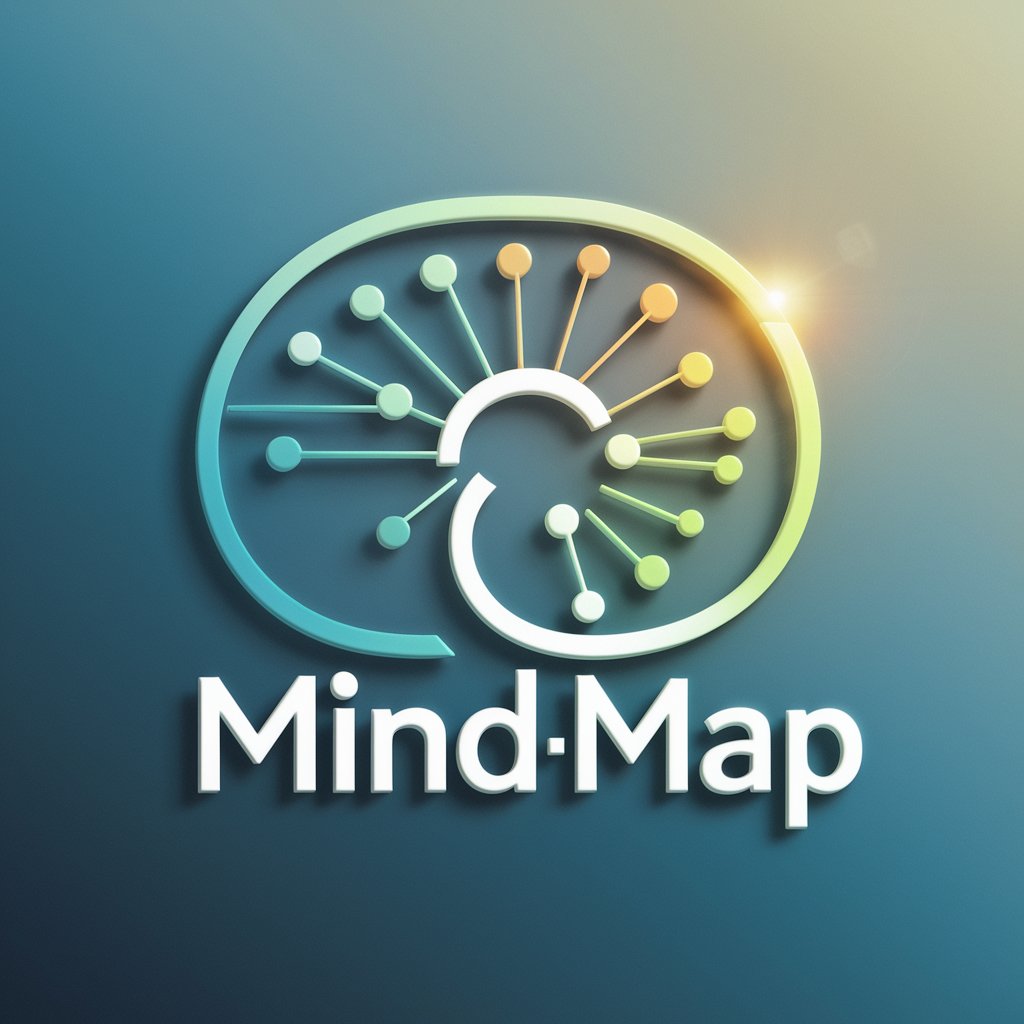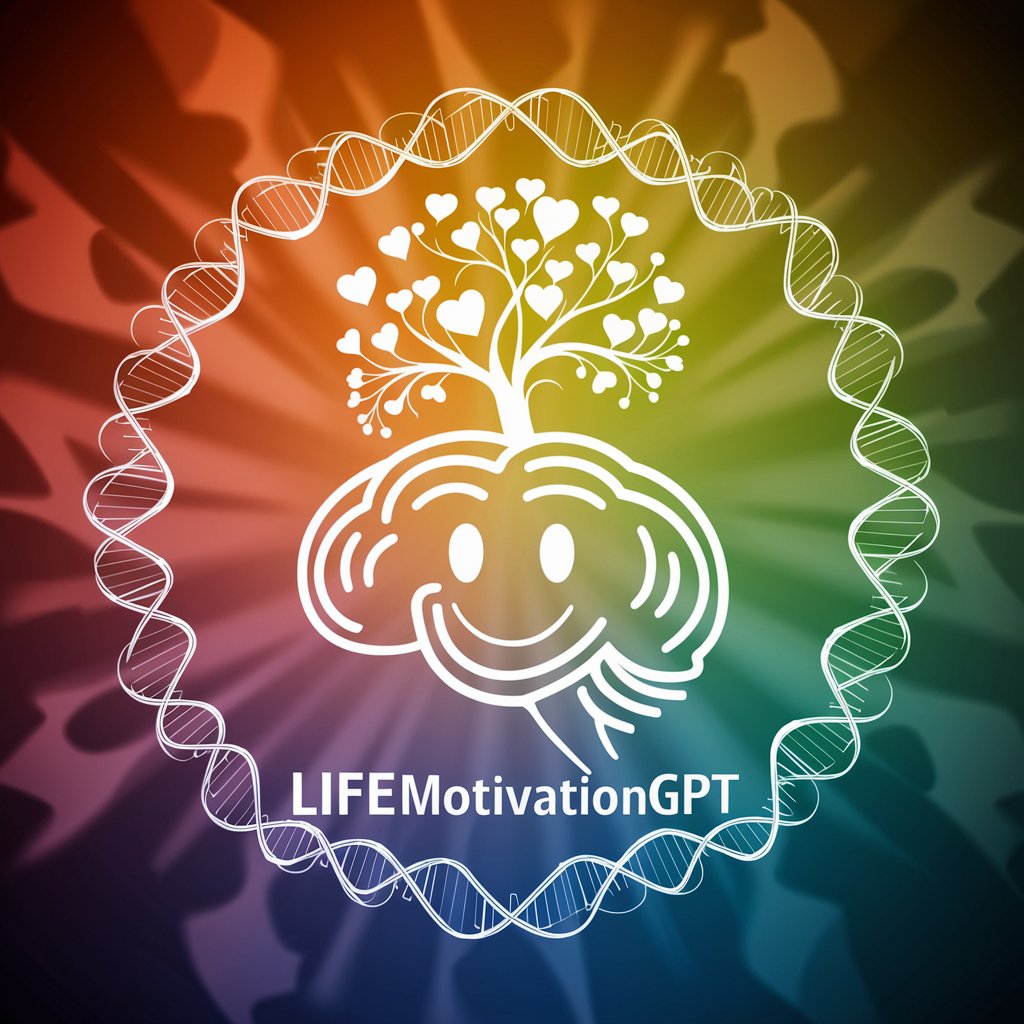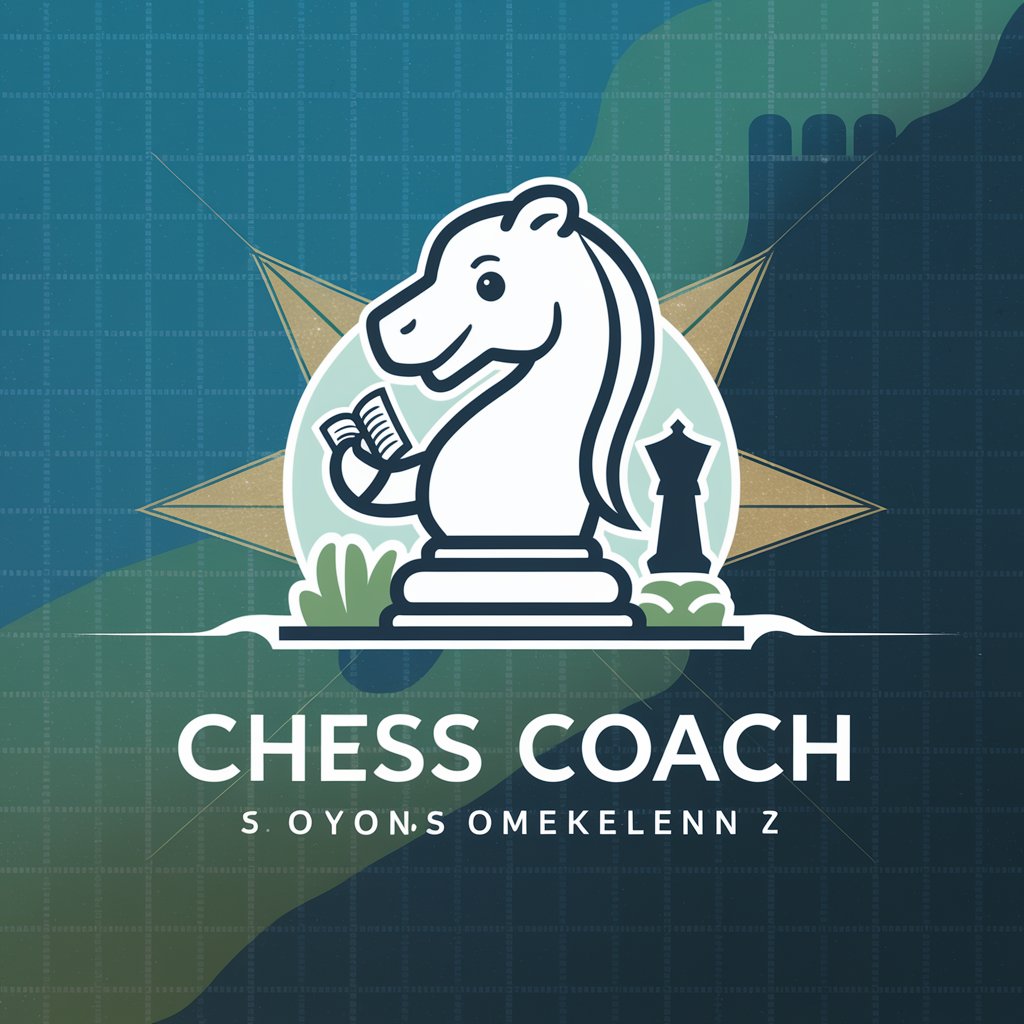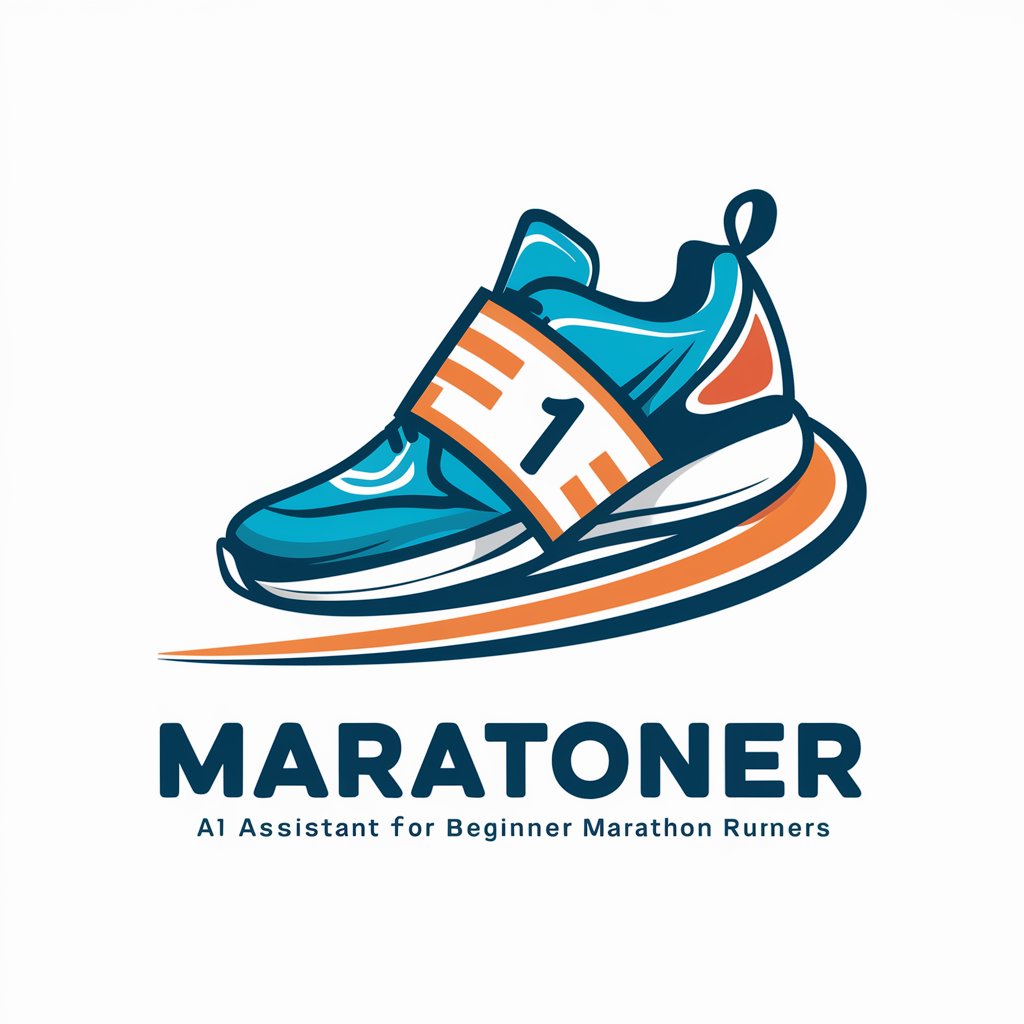mindmap - AI-powered Mind Mapping Tool

Welcome! Let's map your ideas.
Visualize Ideas, Power Your Creativity
Create a mind map based on the following text:
Generate a visual representation of these ideas:
Please summarize this content into a mind map:
Design a mind map from this webpage:
Get Embed Code
Introduction to Mindmap
Mindmaps are visual diagrams that represent ideas, tasks, or other concepts linked to and arranged around a central concept or subject. They use a hierarchical structure to provide a branching overview of complex topics, making it easier to understand, memorize, and generate new ideas. Mindmaps are designed to mimic the way the brain works, facilitating creativity and structured thinking. Examples of their application include brainstorming sessions, where a team might map out thoughts on a new project, or an individual plotting out the structure of an essay or article. Powered by ChatGPT-4o。

Main Functions of Mindmap
Idea Visualization
Example
Converting a business plan into a visual diagram, showing the relationship between different components like marketing, operations, and finance.
Scenario
Entrepreneurs use mind maps to outline their business models, making it easier to present and refine their ideas.
Brainstorming
Example
A team collaboratively creating a mind map to explore solutions for increasing customer engagement.
Scenario
Marketing teams use mind maps to brainstorm and organize campaign ideas, strategies, and tasks, enhancing creativity and collaboration.
Project Planning
Example
Mapping out the phases, tasks, and responsibilities of a project.
Scenario
Project managers use mind maps to plan projects, ensuring clarity in task distribution and timeline planning.
Note-taking
Example
Creating a mind map from the key points of a lecture or meeting.
Scenario
Students and professionals use mind maps for taking notes during lectures or meetings, helping to condense and memorize information.
Problem Solving
Example
Breaking down a complex problem into smaller, manageable parts.
Scenario
Business analysts use mind maps to dissect complex business challenges, identify root causes, and devise solutions.
Ideal Users of Mindmap Services
Students
Students of all levels can use mind maps to organize notes, plan essays, and study for exams, leveraging visual learning to enhance understanding and memory retention.
Educators
Educators can create mind maps to plan lessons, organize curricula, and present complex topics in an accessible manner to students.
Project Managers
Project managers benefit from using mind maps for project planning, task allocation, and visualizing project timelines and dependencies.
Marketers
Marketers use mind maps for brainstorming campaign ideas, strategy planning, and organizing market research data.
Writers
Writers use mind maps to outline stories or articles, organizing ideas and plot lines in a visually structured way.
Business Analysts
Business analysts apply mind maps to break down business processes, problem-solving, and strategy development, aiding in clear communication and decision making.

How to Use Mindmap
1
Start with a free trial at yeschat.ai, no login or ChatGPT Plus required.
2
Identify your main idea or topic to create the central node of your mind map.
3
Add branches to represent different ideas or tasks related to your main topic.
4
Use colors, icons, or images to differentiate and emphasize various parts of your mind map.
5
Review and rearrange your mind map as needed to reflect changes or enhance understanding.
Try other advanced and practical GPTs
excel
Empowering Data Analysis with AI

Email Buddy
Craft Perfect Emails with AI

ChatPM, Senior Product Manager
Empowering Product Decisions with AI

LifeMotivationGPT
Empower Your Journey with AI Motivation

Chess Coach
Master Chess with AI-Powered Coaching

Heartfelt Verses
Crafting personalized love poems, powered by AI

FlySpy
Fly cheaper, smarter, faster with AI.

TeoloGuide
Empowering theological discovery with AI

Ecobyte
Empowering sustainable choices with AI.

ChatChart
Craft diagrams with AI ease

jasonlee
Empowering Insights with AI

Maratoner
AI-powered marathon training and shoe advisor

Frequently Asked Questions about Mindmap
What is a mind map?
A mind map is a diagram used to visually organize information, representing ideas and concepts in a radial, non-linear manner.
How can mind maps improve learning?
Mind maps can improve learning by organizing information in a structured way, making it easier to understand, remember, and generate new ideas.
Can I use mind maps for team collaboration?
Yes, mind maps can be used for team collaboration by sharing ideas and structuring project plans, fostering clearer communication.
Are there any specific tools needed for creating a mind map?
You can start with basic tools like pen and paper, but digital mind mapping tools offer more features like templates, multimedia integration, and sharing capabilities.
How can I use mind maps for problem-solving?
Begin with the central issue, add branches for main causes or factors, and extend with possible solutions or actions, helping to visualize and tackle complex problems effectively.
